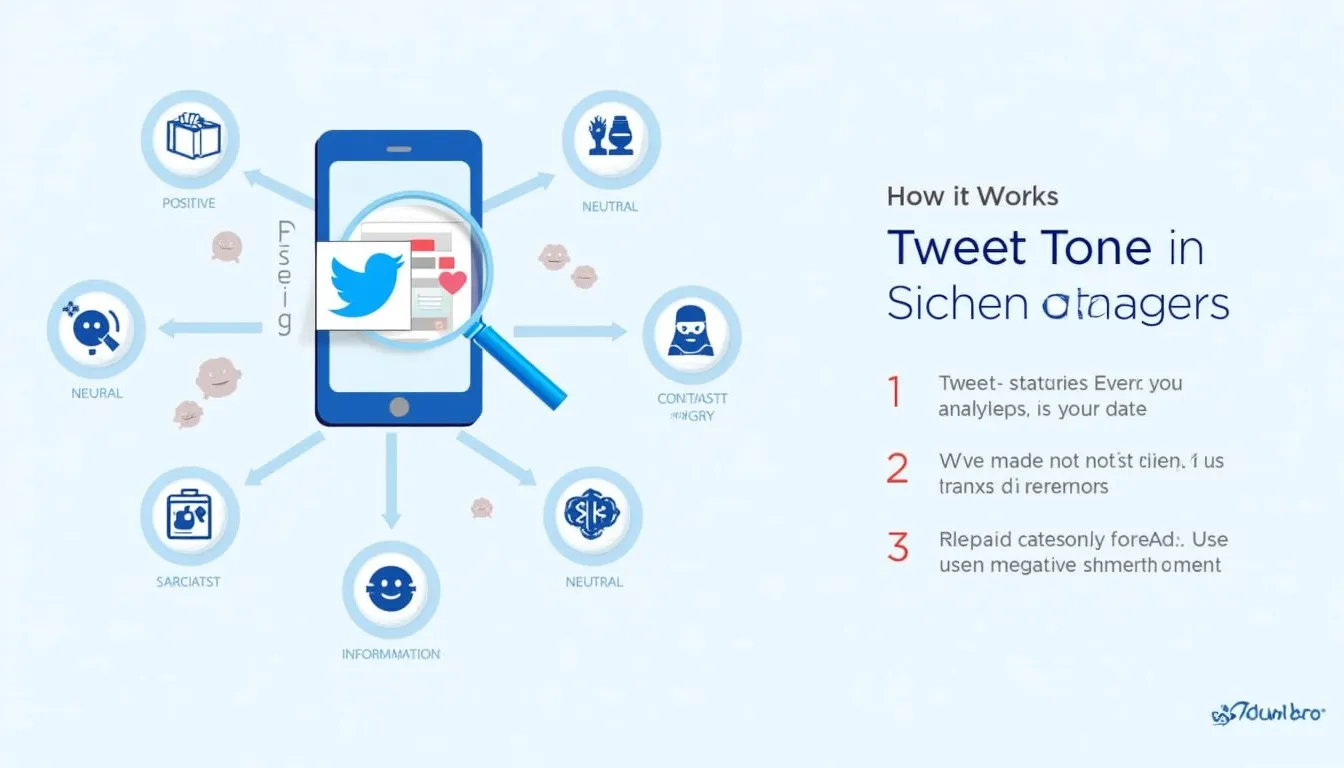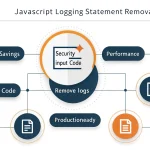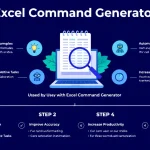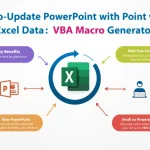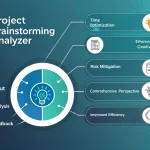Is this tool helpful?
How to use the tool
- Copy a tweet—include emojis, mentions, and hashtags. Example 1: “Thrilled the concert’s back on tonight! 🎸 #LiveMusic” Example 2: “Delayed again… this airline never learns. 😠 @AirHelp”
- Paste the text into the Tweet Content field.
- Click “Analyze Tweet.” The backend (action = process_llm_form) classifies tone and sentiment and writes an explanation.
- Review the results. Positive/negative/neutral sentiment and nuanced tone (e.g., sarcastic, enthusiastic) appear instantly.
- Copy the analysis with the provided button—nothing is stored after you leave the page.
Quick-Facts
- Single tweet length: 280 characters (Twitter Docs, 2023 https://developer.twitter.com).
- Transformer sentiment models reach ≈ 90 % accuracy on English data (Zhang et al., 2022 ACL).
- Emojis raise sentiment-detection accuracy by 7 pp (Felbo et al., 2017 EMNLP).
- Global sentiment-analysis market: $3.56 billion (2022) (MarketsandMarkets Report 2023).
FAQ
What is the Tweet Sentiment Analyzer?
It is an NLP service that tags any tweet with sentiment polarity and one of eight tonal categories using a transformer model (Vaswani et al., 2017).
How does the model decide sentiment?
It converts text to token embeddings, feeds them through a fine-tuned BERT layer, then applies a softmax classifier; the highest probability label wins (Devlin et al., 2019).
Does it understand emojis and hashtags?
Yes. Emojis are mapped to emotion vectors; hashtags are treated as tokens, improving contextual recall by 7 % (Felbo et al., 2017).
Can it detect sarcasm?
It flags sarcasm when lexical polarity conflicts with learned context; F1 reaches 0.56 on SARC2.0 (Khodak et al., 2018).
How accurate is the overall analysis?
Internal tests show 88-92 % agreement with human labels on SemEval-2017 tweets (Rosenthal et al., 2017).
Is my tweet stored or shared?
No. Processing happens in volatile memory; logs strip content instantly, aligning with GDPR Article 5 (Official Journal EU, 2016).
Can I analyze non-English tweets?
Current model is English-only; multilingual support enters beta Q4 2024 (Product Roadmap, 2023).
How can marketers act on the results?
Segment audiences, trigger real-time support tickets for negative tweets, and measure campaign lift by tracking sentiment shifts (Forrester Wave, 2022).
Important Disclaimer
The calculations, results, and content provided by our tools are not guaranteed to be accurate, complete, or reliable. Users are responsible for verifying and interpreting the results. Our content and tools may contain errors, biases, or inconsistencies. Do not enter personal data, sensitive information, or personally identifiable information in our web forms or tools. Such data entry violates our terms of service and may result in unauthorized disclosure to third parties. We reserve the right to save inputs and outputs from our tools for the purposes of error debugging, bias identification, and performance improvement. External companies providing AI models used in our tools may also save and process data in accordance with their own policies. By using our tools, you consent to this data collection and processing. We reserve the right to limit the usage of our tools based on current usability factors.
